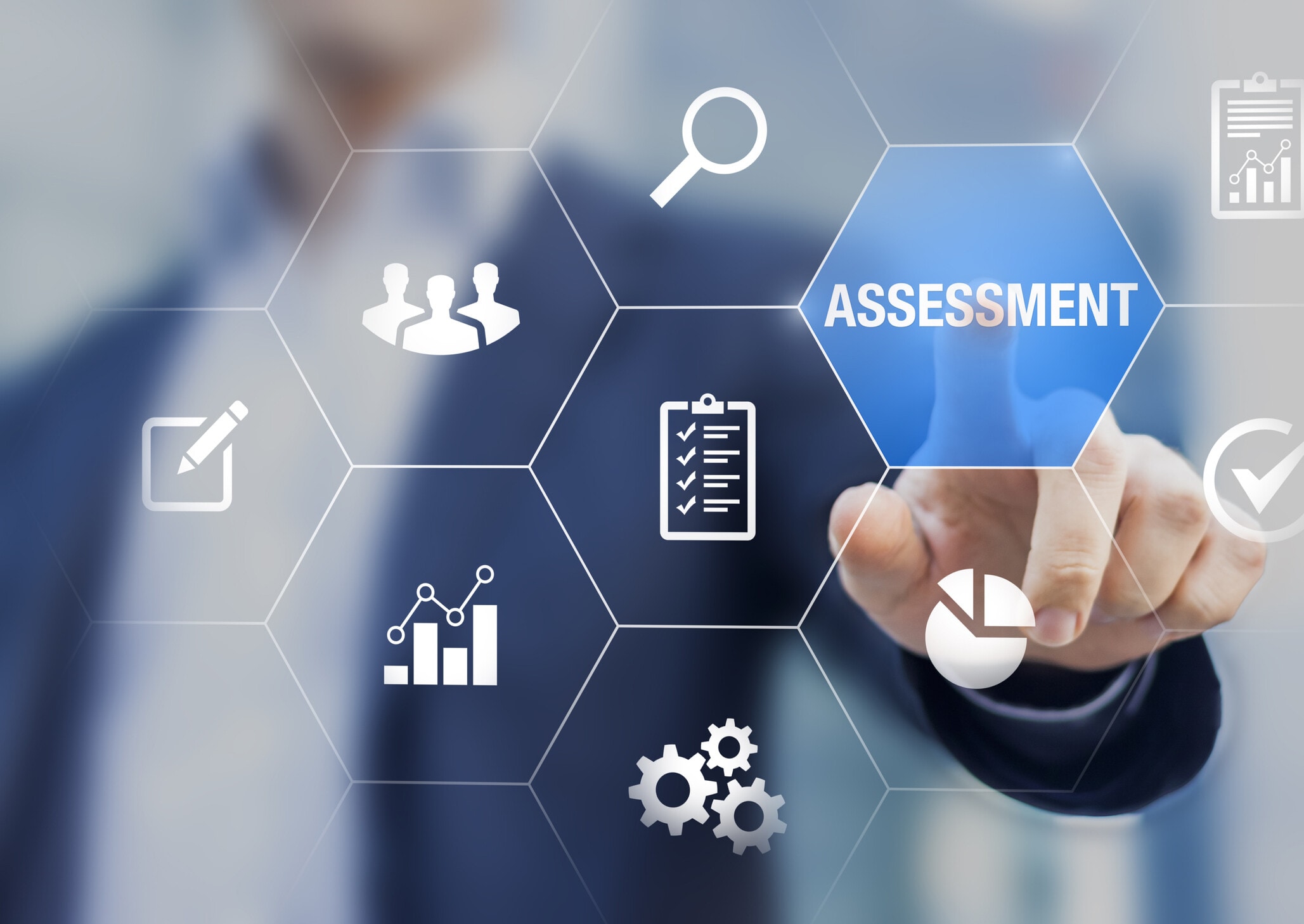Ground robots are coming – This step can help keep streets safe

Image: REUTERS/Julio-Cesar Chavez
Stay up to date:
Mobility Solutions
- Ground robots have seen a spike in use with the growth in last mile deliveries during COVID-19.
- To truly maximize these technologies - and keep roads safe - regulators will need to bridge existing governance gaps.
The COVID-19 pandemic has sparked a steady growth in last mile deliveries. In fact, in the past 12 months, delivery has become such an attractive application of automated driving technologies, many companies have pivoted from developing solutions for autonomous ride-hailing to delivery vehicles and robots.
The quick shift to new technologies reveals a new challenge. Road safety regulations and traffic laws are geared towards vehicles driven by humans. As a result, policymakers may find that ground-based robots, or Personal Delivery Devices (PDDs), exist in a governance gap. Many of these PDDs are intended to drive in spaces used by pedestrians, or might make partial use of the road, and hence it can be unclear whether they should be subject to vehicle regulations at all.
This creates a problem – as many companies rush to develop automated or remote operated ground robots. Without clear classification terms, governments may be unsure where a new device can operate safely in public space. This could lead to small delivery devices choking up fast-moving city streets, or expose pedestrians to the risk of fast, heavy vehicles in pedestrianized zones.
In bridging this gap, it will be important to define clear terms for these vehicles, so that policymakers can clearly differentiate between vehicles and non-vehicles. With these definitions in place, a regulator can decide whether a new class of delivery device should be held to the same standards as other road vehicles, or can safely operate in areas designed for pedestrians.
Moreover, a clear regulatory structure can also speed technological advancement, as technology providers are provided with a clear set of use cases and driving environments in which they can operate.
The challenge
How PDDs and automated vehicles are governed is ultimately dictated by where they are intended to operate. As policymakers begin to consider how they should permit or manage ground-based robots, clear terms for how to classify and categorize PDDs separately from vehicles are essential to creating a cohesive policy framework. Public space is inherently shared and any commercial use of public space should be carefully considered to ensure its use is of a net benefit and in harmony with citizens.
This use of public space is a trade-off, and one that is already creating tension with the growing last-mile delivery sector. A recent study by George Mason University and Mobility Lab of delivery vehicles in Arlington, Va found that 73% of delivery vehicles would stop in unauthorized places, obstructing bike lanes, fire hydrants and pedestrian crossings. While introducing PDDs could help reduce such violations, and ease congestion, policymakers must also consider the impact of introducing these devices to pedestrian spaces.

Necessary guidance
To address this issue, the World Economic Forum has developed a taxonomy to segment vehicles and PDDs separately and propose sub-categories of each which align to existing conventions in road traffic laws.
This taxonomy, developed with the help of our Safe Drive Initiative project community, defines two top-level categories:
- Automated delivery vehicles. These road-going vehicles feature sensors and software enabling them to perform a dynamic driving task without intervention. These vehicles operate on the public roads, and carry goods, but not passengers.
- Personal delivery devices. These ground-based robots have been designed specifically for the purposes of delivering goods. They do not make full use of the public road.
Additionally, in this taxonomy, we propose an approach to create sub-categories of PDDs according to their risk profile, as a function of their speed and weight. As with other vehicles, where they are deployed and how fast they go will have a direct impact on the risk these vehicles pose to pedestrians and other road users.
Changes ahead
We expect PDDs to grow in diversity and uses as the technology improves and business models prove out. As such, the taxonomy, and sub-categories are expected to expand and keep pace with this growing sector.
As the definitions deepen and expand, it will be easier for policy makers and communities to establish best practices, standards and further laws to suit their needs.
Of course, change will not come overnight; transportation policy, particularly as it intersects with urban planning, and re-thinking the impact of shifting the use of public space, creates a complex series of trade-offs as the benefits of these new delivery solutions are considered alongside the costs to the public with whom they share space.
Still, to begin to balance the risk and potential benefits of these new technologies, clear terms and categories for these robots and vehicles are an essential first step. With the ongoing COVID-19 pandemic continuing to cement a shift in consumer demand for new delivery solutions and services, policymakers need to move quickly to ensure the solutions developed and deployed are of a net benefit to their citizens.
To learn more about our proposed taxonomy and contribute your thoughts, download our community paper here and reach out directly.
Accept our marketing cookies to access this content.
These cookies are currently disabled in your browser.
Accept our marketing cookies to access this content.
These cookies are currently disabled in your browser.
Don't miss any update on this topic
Create a free account and access your personalized content collection with our latest publications and analyses.
License and Republishing
World Economic Forum articles may be republished in accordance with the Creative Commons Attribution-NonCommercial-NoDerivatives 4.0 International Public License, and in accordance with our Terms of Use.
The views expressed in this article are those of the author alone and not the World Economic Forum.
Forum Stories newsletter
Bringing you weekly curated insights and analysis on the global issues that matter.
More on Emerging TechnologiesSee all
Jon Jacobson
August 14, 2025
Ruti Ben-Shlomi
August 11, 2025
David Timis
August 8, 2025
António Costa
August 6, 2025
Samuel Alemayehu
August 5, 2025





